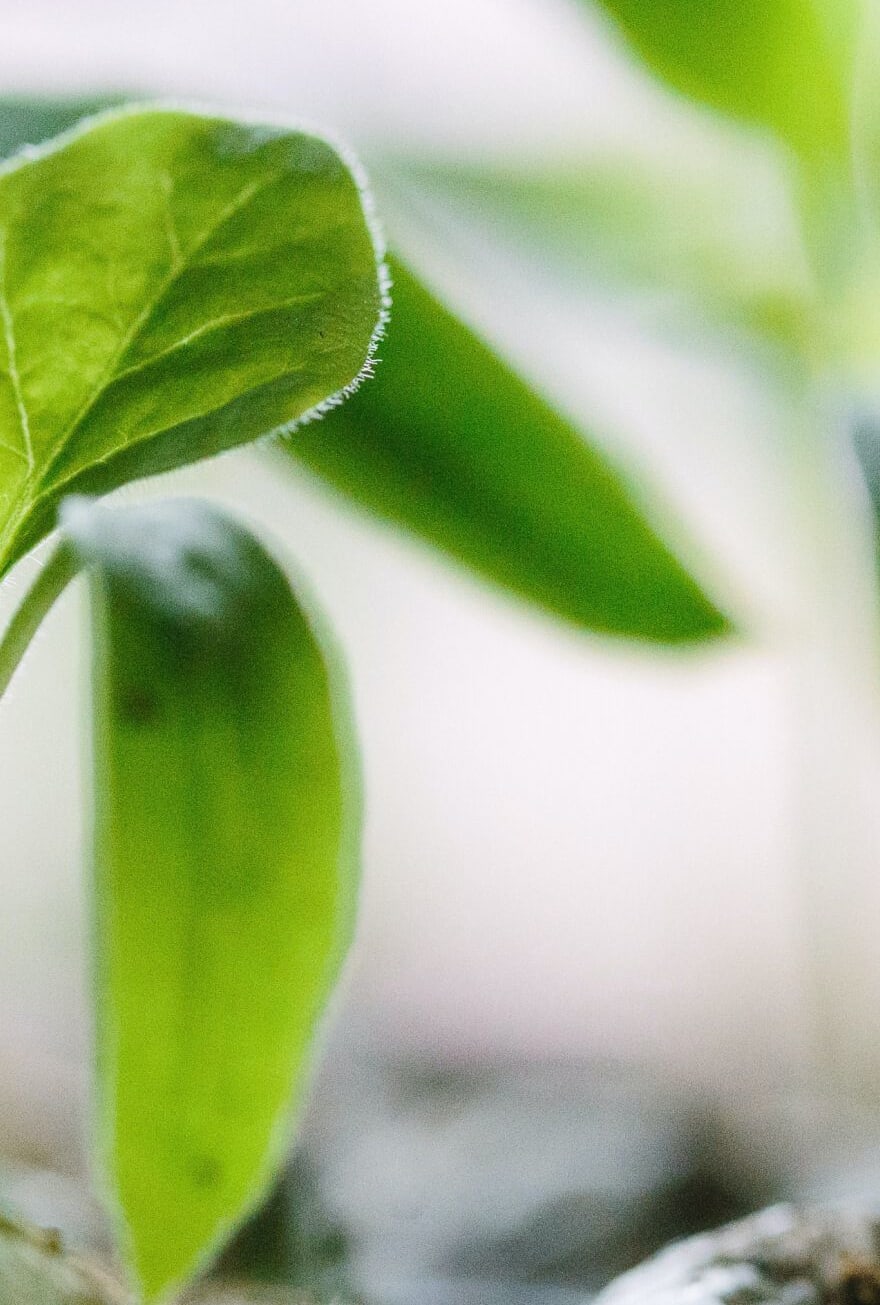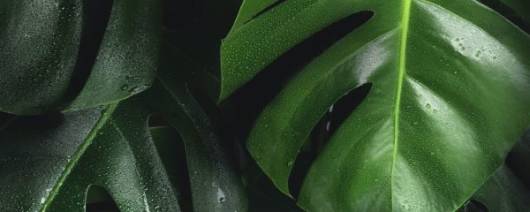Processes
BioLogiQ’s NuPlastiQ® BioPolymer is designed to be used with other thermoplastic resins on standard plastics process equipment. Processing is generally in line with existing processes but may require minor adjustments to process conditions, such as to processing temperatures.
How We Turn Plants into Plastics

BioBlend® Creation
BioBlends® are made by blending BioLogiQ’s NuPlastiQ resin with other conventional fossil-fuel-based resins. BioBlends normally start as Masterbatch pellets containing 50% NuPlastiQ and 50% fossil-fuel resin which are blended on standard compounding equipment. Masterbatch BioBlends are then blended further at the final process to obtain the desired NuPlastiQ content.
Example: for typical film applications, the BioBlend Masterbatch that contains 50% NuPlastiQ and 50% virgin LLDPE resin would be fed into the blown film hopper along with an additional 50% LLDPE base resin so that the final BioBlend® content in the finished film would be 25% NuPlastiQ and 75% LLDPE. Other ratios are also possible and can be easily established by the appropriate down blending configuration.
BioLogiQ can provide BioBlend® compounded resins directly from our factory in Idaho for trial and production activities. Please contact the factory for a direct discussion of your specific needs.
Blown Film
NuPlastiQ is a perfect resin for many blown film applications, including, for example, produce bags, agricultural film, and industrial packaging film.
Blown films containing NuPlastiQ can be processed on standard film blowing equipment. Films containing NuPlastiQ have been successfully made with various grades of LDPE, LLDPE, HDPE, PBAT, PLA, PHA and others. NuPlastiQ/LLDPE films as thin as 2.54 microns (0.1 mil) have been successfully blown. NuPlastiQ generally adds to the bubble stability and to the increased strength of blown films.
For best results, we like to start with a 50% NuPlastiQ BioBlend Masterbatch to make film. The masterbatch should be let down with additional resin so that the final ratio of NuPlastiQ is between 15% and 40% in a mono-layer film or in any particular layer of a multilayer film. We have developed the following Film Processing Guide for reference when performing initial product trials.
Blow Molding
Blow Molded Bottles containing a NuPlastiQ BioBlend® can be made for health and beauty products (such as lotion bottles). NuPlastiQ is a perfect material to enhance the sustainability of blow-molded bottles containing HDPE or PP. You can achieve a reduction in fossil-fuel content without sacrificing performance.
Sheet Extrusion and Thermoforming
Polypropylene and Polystyrene are common materials for making thermoformed products such as cups, lids and electronic component packaging. Implementing a NuPlastiQ BioBlend® solution adds sustainability to these products without sacrificing appearance or performance.
Injection Molding
NuPlastiQ Masterbatch BioBlends® can be used on standard injection molding equipment to make a wide variety of products such as cups, cutlery, custom-designed plastic parts. Implementing a NuPlastiQ BioBlend® solution adds sustainability to these products without sacrificing appearance or performance.
Other Processes
In addition to these standard processes, BioLogiQ will work with you to make NuPlastiQ based products available on your proprietary processes.
BioLogiQ is happy to assist you with the optimization of processing conditions that may be necessary during your trial and production ramp-up activities. Please contact us for further information.












